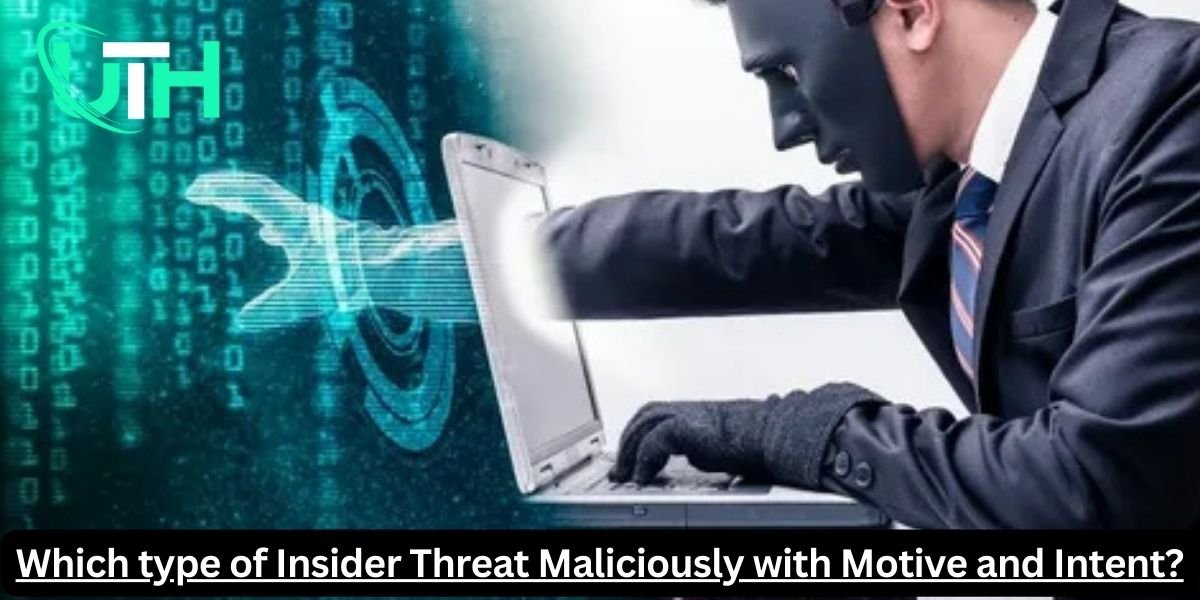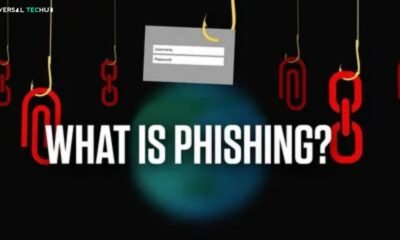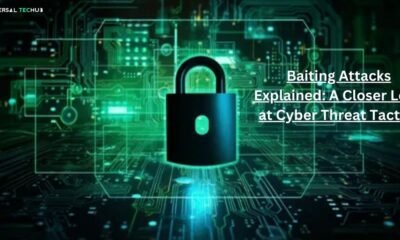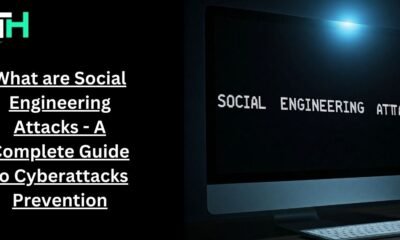Cybersecurity
Which type of Insider Threat Maliciously with Motive and Intent?

The type of insider threat that acts maliciously with motive and intent is known as a Malicious Insider or Intentional Insider Threat. These individuals deliberately exploit their authorized access to an organization’s systems, data, or facilities to cause harm, steal information, or disrupt operations. Personal gain, revenge, ideological reasons, or coercion by external actors typically drive their actions.
Characteristics of a Malicious Insider:
- Intentional Actions: They knowingly and purposefully engage in harmful activities.
- Motive: They are driven by specific reasons, such as financial gain, retaliation, or espionage.
- Exploitation of Access: They misuse legitimate access to carry out their plans.
- Premeditation: Their actions are often planned and executed with careful consideration to avoid detection.
Examples of Malicious Insider Activities:
- Data Theft: Stealing sensitive information (e.g., trade secrets, customer data) for personal profit or to sell to competitors.
- Sabotage: Deliberately disrupting systems, deleting critical data, or causing operational damage.
- Fraud: Manipulating financial records or systems for personal gain.
- Espionage: Sharing confidential information with competitors, foreign governments, or other external entities.
Motivations Behind Malicious Insider Threats:
- Financial Gain: Seeking monetary benefits through theft or fraud.
- Revenge: Retaliating against the organization for perceived wrongs (e.g., termination, demotion).
- Ideological Reasons: Acting based on personal beliefs or political motivations.
- Coercion: Being pressured or blackmailed by external parties (e.g., cybercriminals, nation-states).
Organizations must implement robust security measures, such as monitoring user activity, enforcing access controls, and fostering a positive workplace culture, to mitigate the risks posed by malicious insiders.
Read More
What is an Insider threat: Types, Real-word Examples and its Prevention
-

 Phishing attack8 months ago
Phishing attack8 months agoWhat is Spear Phishing and How You Can Identify This Scam?
-

 Social engineering attack10 months ago
Social engineering attack10 months agoBaiting Attacks Explained: A Closer Look at Cyber Threat Tactics
-

 Social engineering attack8 months ago
Social engineering attack8 months agoWhat are Social Engineering Attacks – A Complete Guide to Cyberattacks Prevention
-

 Social engineering attack9 months ago
Social engineering attack9 months agoSpear Phishing Attack: A Targeted Cyber Threat
-

 Social engineering attack10 months ago
Social engineering attack10 months agoWhat is spear phishing attack? A detailed guide
-

 Social engineering attack10 months ago
Social engineering attack10 months agoWhat is spear phishing in cyber security?
-

 Phishing attack4 months ago
Phishing attack4 months agoWhy is Phishing Still a Major Cyber Threat? Everything You Need to Know
-

 Phishing attack8 months ago
Phishing attack8 months agoWhat Are Phishing Emails? A guide for you




















